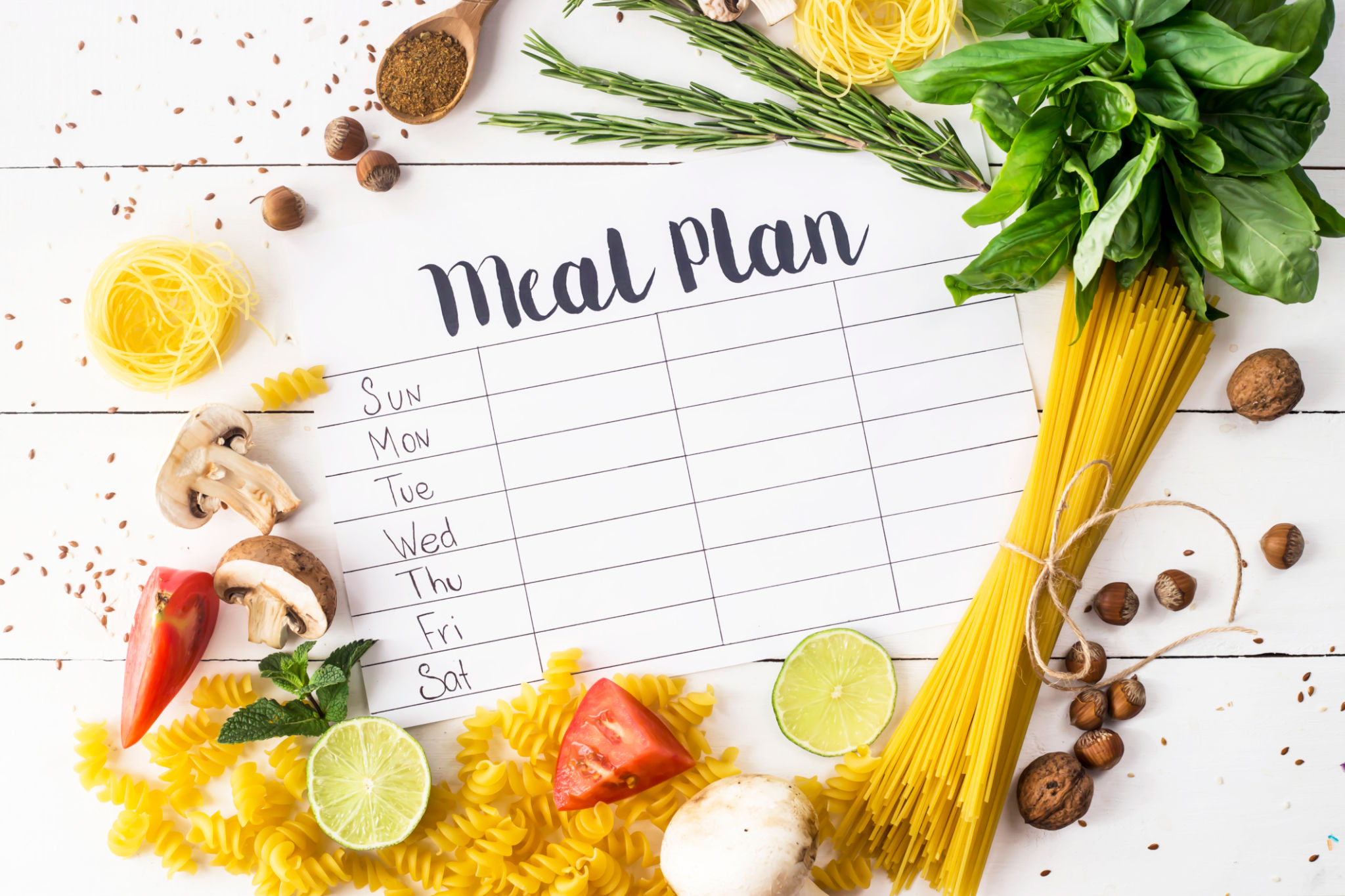How I Saved $1500 on Food in One Month with Budgeting and a Cash Envelope System
Understanding My Initial Spending Habits
Before I embarked on my journey to save $1500 on food in a month, I realized that my spending habits were rather careless. Like many, I often indulged in dining out, impulse purchases at the grocery store, and frequent coffee shop visits. These small expenses added up significantly over time.
To get a clear picture of my spending habits, I started by reviewing my bank statements for the previous months. This exercise was eye-opening; it highlighted unnecessary expenses and areas where I could cut back.

Introducing the Cash Envelope System
One of the most effective tools I discovered for managing my food budget was the cash envelope system. This system involves allocating a specific amount of cash to envelopes dedicated to different spending categories. For me, this meant setting a strict budget for groceries, dining out, and other food-related expenses.
At the beginning of the month, I withdrew the total budgeted amount in cash and divided it among the envelopes. This method helped me stay disciplined and avoid overspending, as once the cash was gone, I couldn't spend any more in that category.
Meal Planning and Smart Grocery Shopping
Another significant change I implemented was meal planning. By planning my meals weekly, I could create a detailed shopping list and stick to it, thereby reducing impulse purchases. I also started buying in bulk for non-perishable items and focused on seasonal produce to save money.

Additionally, I became more strategic about where and when to shop. Taking advantage of sales, using coupons, and shopping at discount grocery stores were key strategies that contributed to my savings.
Cooking at Home
A major contributor to my savings was cooking more meals at home. Not only did this allow me to control ingredients and portions, but it also turned out to be much more cost-effective than dining out. I experimented with new recipes and found joy in preparing meals from scratch.
Batch cooking and meal prepping on weekends saved me time during busy weekdays and ensured that I always had something ready to eat, reducing the temptation to order takeout.

Avoiding Food Waste
Food waste is a common issue that can significantly impact your grocery bill. To combat this, I became diligent about using leftovers creatively and properly storing perishables to extend their shelf life. Freezing extra portions and repurposing ingredients for different meals kept waste to a minimum.
Tracking My Progress
Throughout the month, I meticulously tracked my spending and progress. This not only kept me accountable but also motivated me as I saw how much I was saving. Every small victory added up to the significant $1500 savings by the end of the month.
Using apps and spreadsheets proved invaluable in monitoring expenses and staying within budget. They provided insights into spending patterns and helped me make informed adjustments along the way.
The Impact of Budgeting
The experience taught me the value of budgeting and disciplined spending. It wasn't just about saving money; it was about gaining control over my finances and making conscious decisions that aligned with my financial goals.

By maintaining these habits, I've continued to enjoy financial freedom beyond that one month of savings. The cash envelope system and budgeting practices have become integral parts of my financial routine, providing peace of mind and stability.
